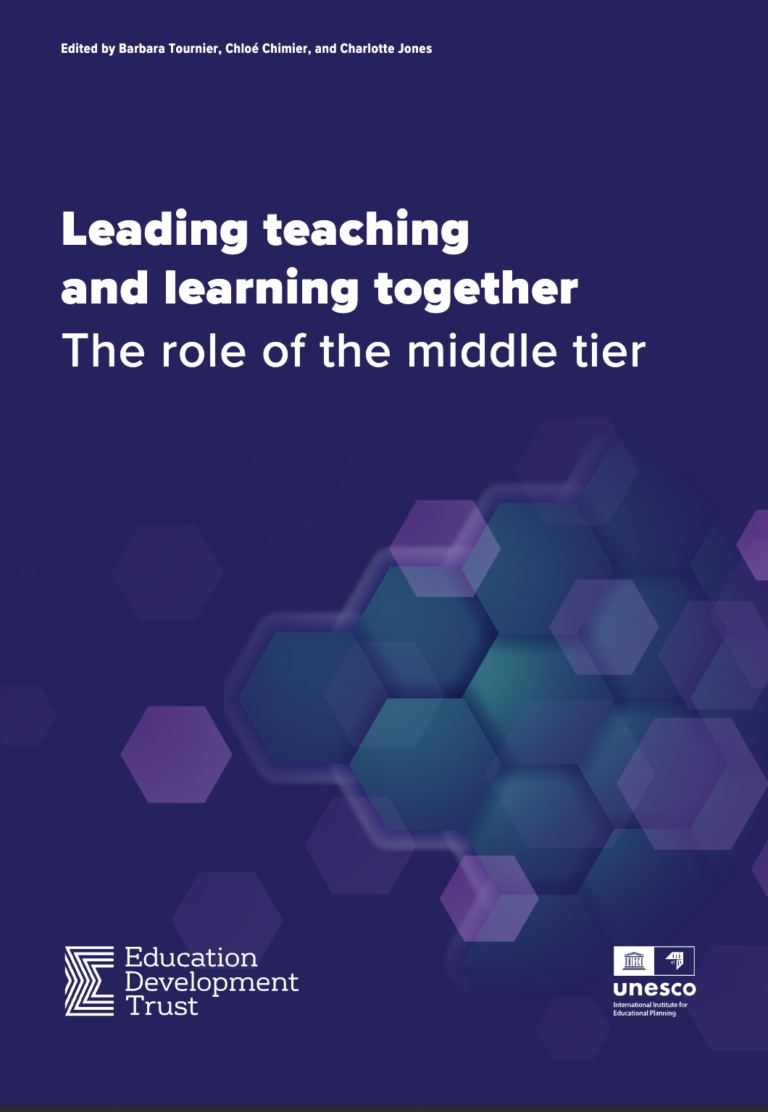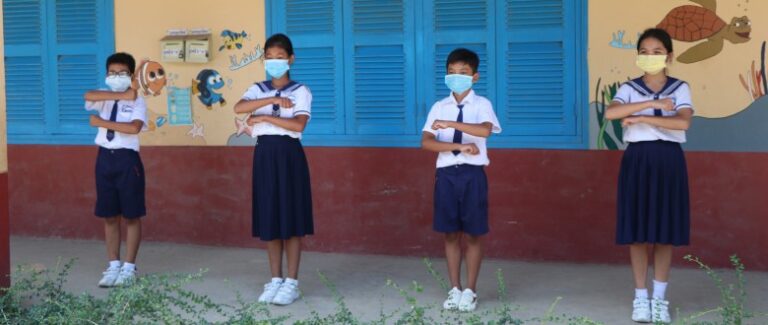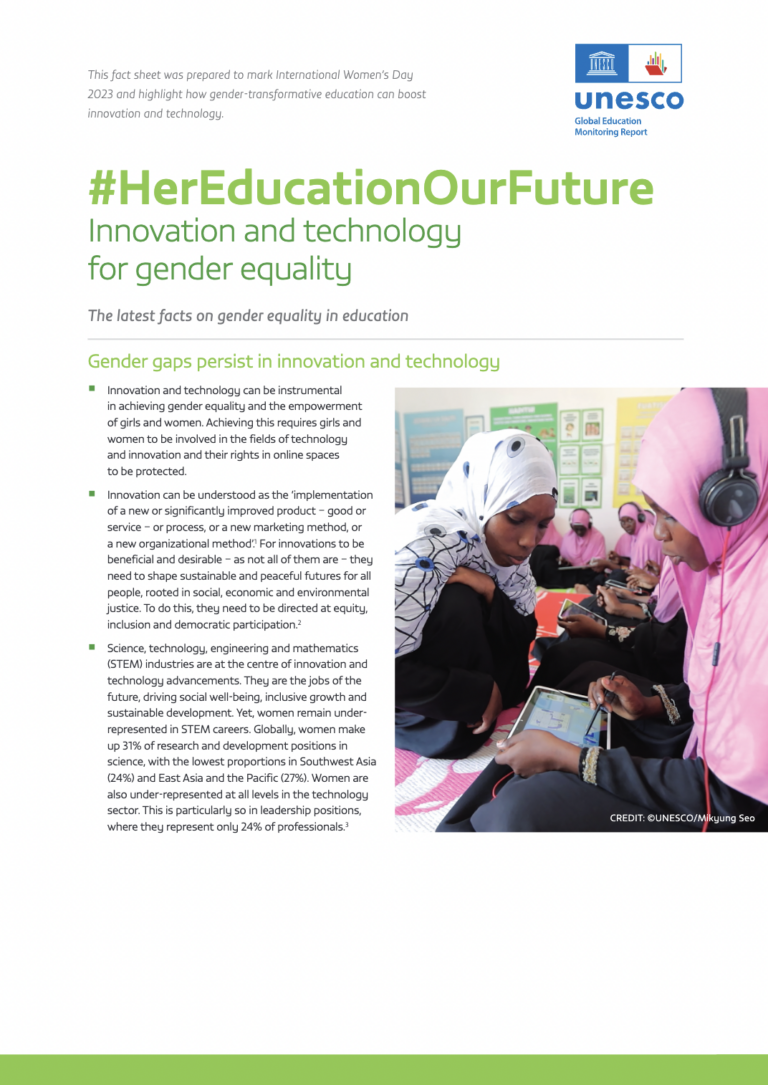Seven months after the southern Philippines city of Marawi was declared ‘militant free’, hundreds of thousands of Filipinos remain displaced as the government continues its recovery operation—which includes the challenging process of clearing improvised explosive devices from across the city.
More than 350,000 people fled Marawi after fighting broke out on May 23 last year. One year later and just over 23,000 families have been able to return to their homes.
The remaining Marawi residents are either still living with relatives or sheltering in evacuation centres—several of which are schools—in the vicinity of the besieged city.
Many homes and shops in Marawi suffered extensive damage during the fighting, with collapsed buildings, bullet-ridden walls and burnt out cars still visible.
“The children of Marawi are still suffering a year after fighting broke out. They’ve been displaced from their homes in large numbers, and are uncertain about the future, and what will become of their lives. This is no way for a child to live,” Save the Children Philippines CEO Alberto Muyot said.
“Many families have no choice but to live in cramped evacuation centres where they rely on support from aid agencies and the government for food, clean drinking water and basic hygiene items.”
Nearly half of the 62,000 school-aged children who fled Marawi did not re-enroll in school this past year. This is largely because school buildings were occupied by displaced families, their parents couldn’t afford basic learning materials and uniforms, families were staying too far away, or children didn’t feel comfortable in the host school.
Promisingly, however, enrolment for the new school year has begun, with the Department of Education running a major campaign to get children back to class—‘Balik-eskwela sa Marawi’—which translates to ‘Return to school in Marawi’.
“Getting back into the classroom is the absolute best thing for children so they can continue their education and regain a sense of normality and routine. School also gives children the opportunity to be with their friends, to have fun and forget about what they have been through, and offers protection from risks they’re vulnerable to,” Mr Muyot said.
“It’s really important that all parents from Marawi re-enroll their children so they can have the best chance at a brighter future. Sadly we know the longer a child is out of school, the less likely they are to ever go back.”
The massive influx of displaced families from Marawi last May put huge pressure on local schools in host communities, with average class sizes ballooning beyond 45 children. Some schools have also been running two shifts per day to try to cater to the demand.
Save the Children has been responding to the crisis since the beginning and has set up 28 temporary learning spaces in host schools to help cope with the high number of new enrolments. It has also distributed 4,000 back-to-school kits for students and is working with the Department of Education to provide psychosocial support to teachers and children.
The aid agency is also working with the local government and communities to prevent potential exploitation, such as child-trafficking.
For media inquiries contact LJ Pasion in Manila via [email protected] or +63 977 163 8381, or Evan Schuurman in Bangkok via [email protected] or +66 989 725 908.



